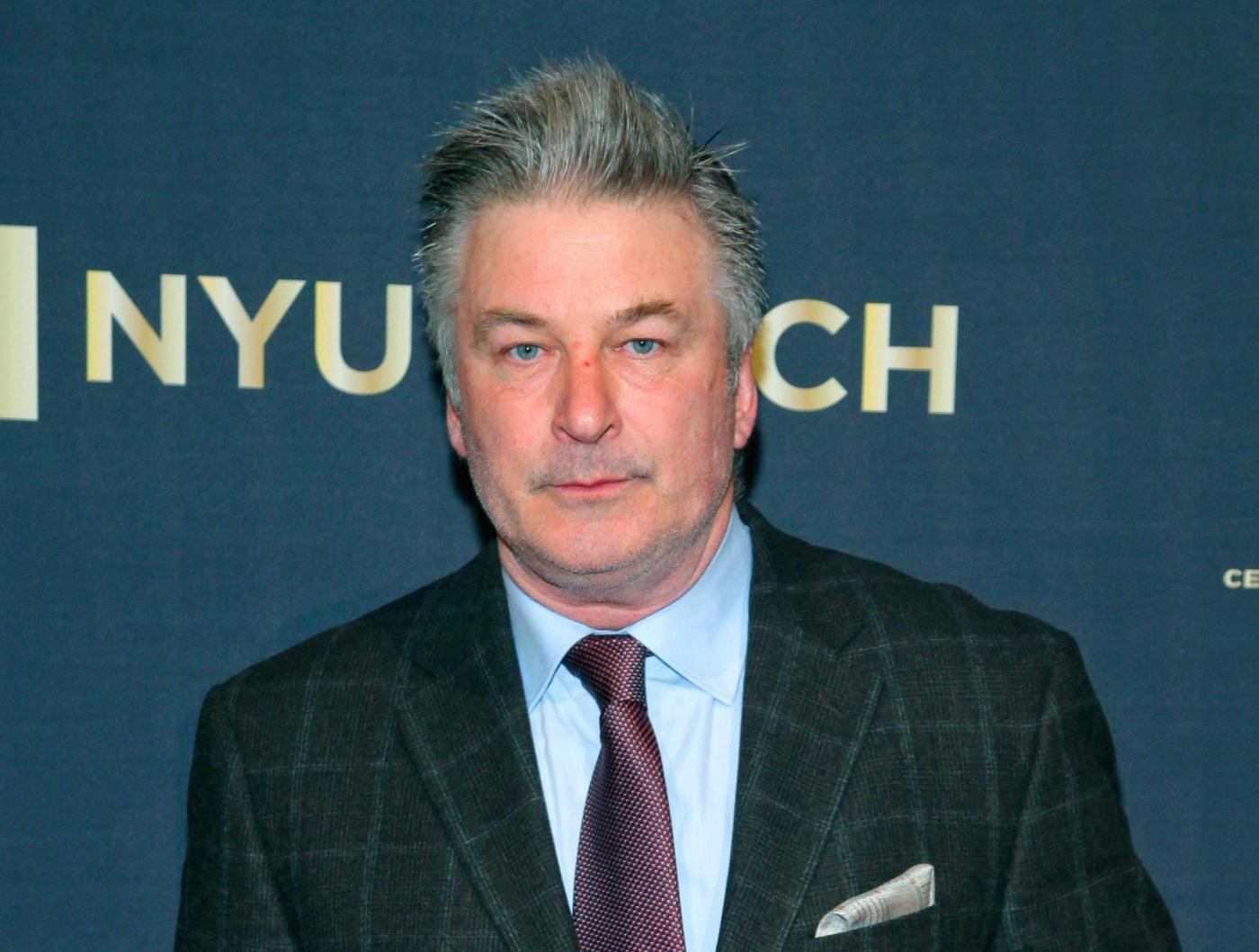
Grand jury indicts Alec Baldwin in fatal shooting of cinematographer on movie set in New Mexico
By MORGAN LEE (Associated Press)
SANTA FE, N.M. (AP) — A grand jury indicted Alec Baldwin on Friday on an involuntary manslaughter charge in a 2021 fatal shooting during a rehearsal on a movie set in New Mexico, reviving a dormant case against the A-list actor.
Special prosecutors brought the case before a grand jury in Santa Fe this week, months after receiving a new analysis of the gun that was used.
Baldwin’s legal team did not immediately respond to requests for comment on the indictment, and special prosecutors declined to answer questions after spending about a day and a half presenting their case to the grand jury.
While the proceeding is shrouded in secrecy, two of the witnesses seen at the courthouse included crew members — one who was present when the fatal shot was fired and another who had walked off the set the day before due to safety concerns.
Baldwin, the lead actor and a co-producer on the Western movie “Rust,” was pointing a gun at cinematographer Halyna Hutchins during a rehearsal on a movie set outside Santa Fe in October 2021 when the gun went off, killing her and wounding director Joel Souza.
Baldwin has said he pulled back the hammer, but not the trigger, and the gun fired.
Judges recently agreed to put on hold several civil lawsuits seeking compensation from Baldwin and producers of “Rust” after prosecutors said they would present charges to a grand jury. Plaintiffs in those suits include members of the film crew.
Special prosecutors dismissed an involuntary manslaughter charge against Baldwin in April, saying they were informed the gun might have been modified before the shooting and malfunctioned. They later pivoted and began weighing whether to refile a charge against Baldwin after receiving a new analysis of the gun.
The analysis from experts in ballistics and forensic testing relied on replacement parts to reassemble the gun fired by Baldwin, after parts of the pistol were broken during testing by the FBI. The report examined the gun and markings it left on a spent cartridge to conclude that the trigger had to have been pulled or depressed.
The analysis led by Lucien Haag of Forensic Science Services in Arizona stated that although Baldwin repeatedly denied pulling the trigger, “given the tests, findings and observations reported here, the trigger had to be pulled or depressed sufficiently to release the fully cocked or retracted hammer of the evidence revolver.”
The weapons supervisor on the movie set, Hannah Gutierrez-Reed, has pleaded not guilty to involuntary manslaughter and evidence tampering in the case. Her trial is scheduled to begin in February.
“Rust” assistant director and safety coordinator David Halls pleaded no contest to unsafe handling of a firearm last March and received a suspended sentence of six months of probation. He agreed to cooperate in the investigation of the shooting.
An earlier FBI report on the agency’s analysis of the gun found that, as is common with firearms of that design, it could go off without pulling the trigger if force was applied to an uncocked hammer, such as by dropping the weapon.
The only way the testers could get it to fire was by striking the gun with a mallet while the hammer was down and resting on the cartridge, or by pulling the trigger while it was fully cocked. The gun eventually broke during testing.
The 2021 shooting resulted in a series of civil lawsuits, including wrongful death claims filed by members of Hutchins’ family, centered on accusations that the defendants were lax with safety standards. Baldwin and other defendants have disputed those allegations.
The Rust Movie Productions company has paid a $100,000 fine to state workplace safety regulators after a scathing narrative of failures in violation of standard industry protocols, including testimony that production managers took limited or no action to address two misfires on set before the fatal shooting.
The filming of “Rust” resumed last year in Montana, under an agreement with the cinematographer’s widower, Matthew Hutchins, that made him an executive producer.


